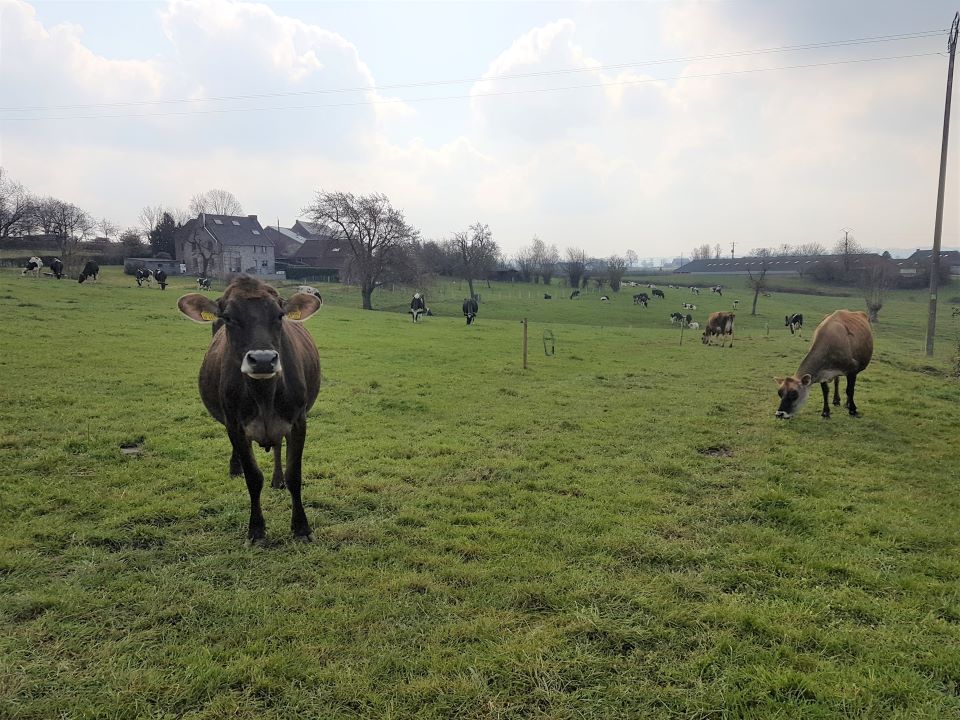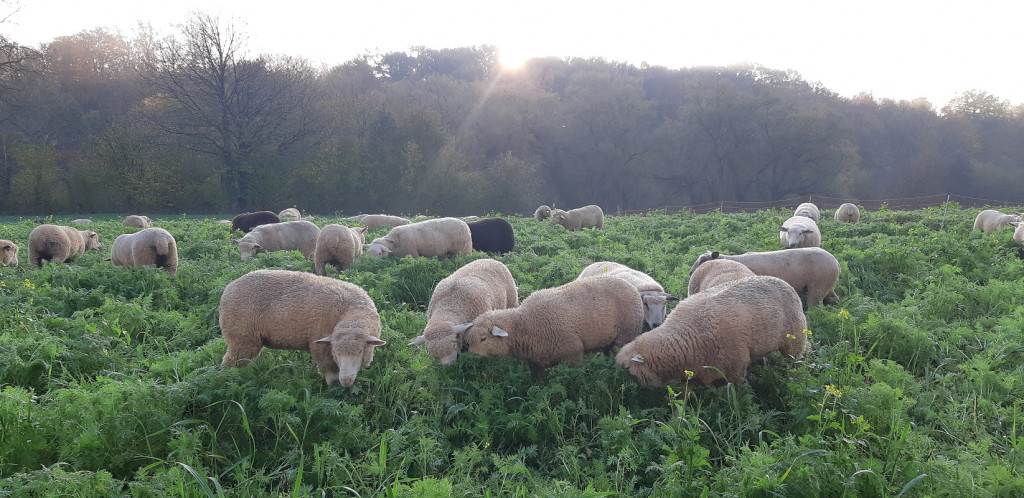Among the practices identified are optimisation of grazing (in particular through dynamic rotational grazing), evolution towards more robust cows and therefore more able to add value to a diet based mainly on grass, and finally improvement of forage conservation techniques.
The change in practices remains a source of hesitations and questions, however, because it generates changes in behaviour and organisation in the face of which farmers may feel disadvantaged. The objective here is to study the trajectories of Walloon dairy farms that have evolved towards one of these practices, and to identify the impediments encountered by farmers, as well as the levers used to overcome them, and finally the impacts on their production system. Qualitative surveys are then conducted with Walloon dairy farmers, making it possible to understand how farms are resisting, transforming and becoming part of long-term dynamics in the face of a fluctuating environment.
Generational conflict, lack of information, uncertainty about choosing a more robust breed, the high level of investment and the additional workload due to a new facility are examples of impediments encountered in the twenty farms visited. Exchanges between farmers to benefit from each other’s experiences are an example of the levers that can be mobilised. Other technical levers are the early grazing of heifers for a better adaptation to grazing, the practice of “topping”, mowing before grazing, to anticipate the appearance of rejection areas in rotational grazing systems, or points for attention when choosing a bull adapted to the robustness desired by the farmer. In addition to the economic impact, simplified management of the work, the positive image perceived by consumers and professional development are examples of elements felt by farmers in the face of change.
It is of interest for the CRA-W to build knowledge on the processes of change, in order to help livestock stakeholders in current or future transitions. The collection of ideas will ultimately allow farmers who so wish to have avenues for reflection to secure their future.
Financing: Moerman Fund of the CRA-W, EFFORT Project.







